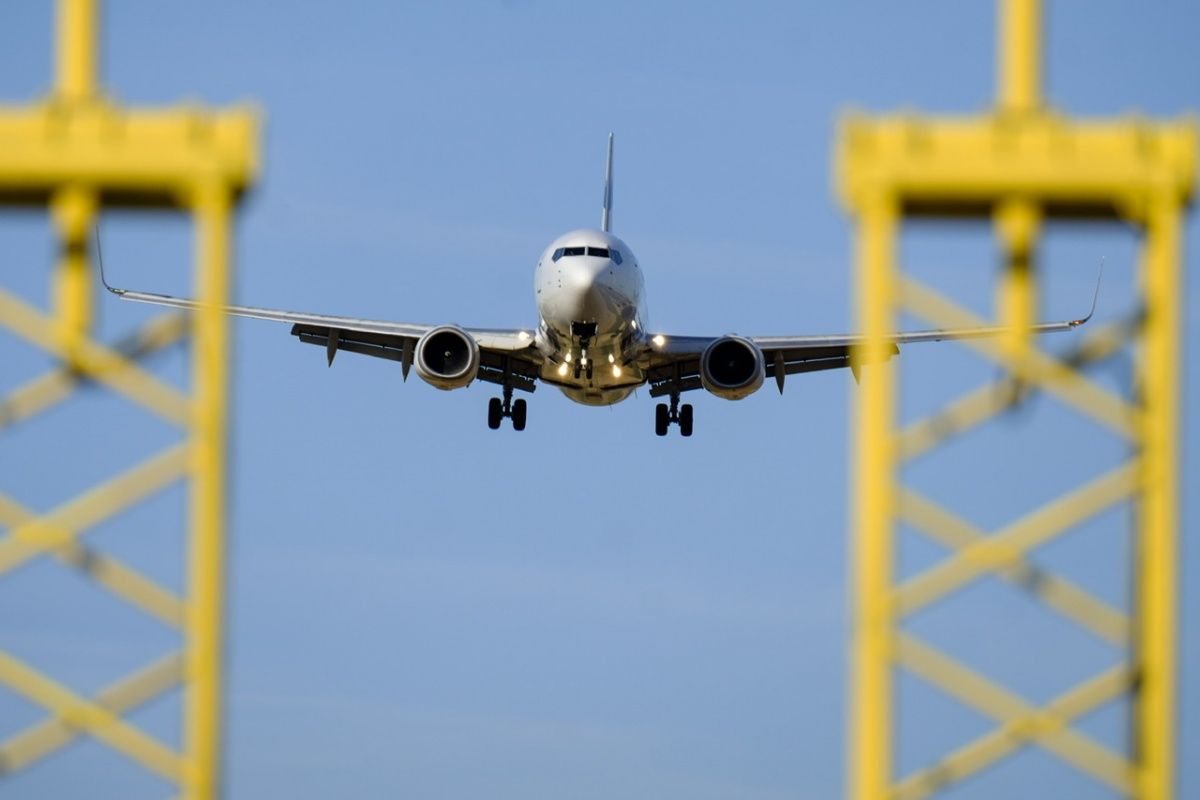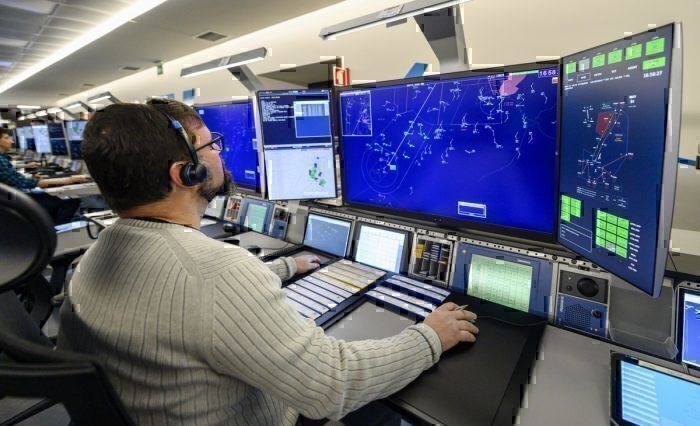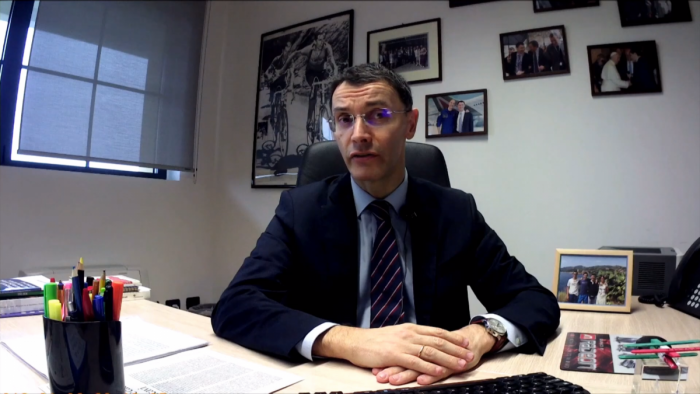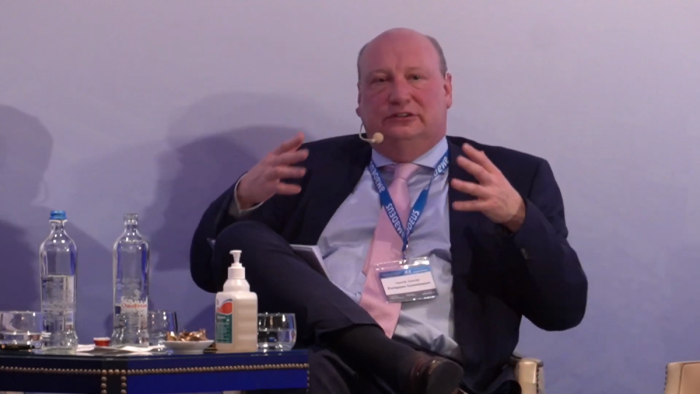Airlines For Europe, a leading airline association, has commissioned a study with the University of Bergamo to define the impact Europe’s fragmented airspace architecture has on both airlines and the wider economy. The study found that as much as €37bn ($41bn) a year could be saved through the full implementation of the Single Aviation Market. Half of that could be achieved, it says, through improvements to the regulatory framework.
A €37bn saving
Today’s Airlines For Europe (A4E) Aviation Summit had a few key themes running through it. As well as the ever-present specter of CO2 emissions, airline bosses discussed in depth the Single European Sky (SES), an initiative that aims to break down the invisible borders in the skies above Europe, in a bid to boost the efficiency of flight operations.
In preparation for the event, A4E commissioned a study conducted by the University of Bergamo into the potential benefits of full implementation of the single European aviation market. The study showed, among other things, that the saving to the EU economy of full implementation would be as much as €37bn ($41bn) each year.
Even if full implementation of the single market were to be impossible, simply updating and implementing the Single European Sky regulatory framework would realize almost half of these savings, a figure the study defined as €17.4bn ($19bn).
Thomas Reynaert, Managing Director at A4E commented on the findings of the study, saying,
“In 2013, the European Commission estimated that implementing the Single European Sky would yield an annual cost savings of €5bn. Seven years later, this amount has more than tripled due to the continued absence of a seamless airspace structure and an updated SES regulatory framework. Its implementation would allow airlines to put these funds to better use, for example investing them in new aircraft technologies or sustainable aviation fuels.”
The findings of the study
The study, undertaken by ICCSA-University of Bergamo, is called the Cost of Non-Europe in Aviation (CONEA). Lead professor Stefano Paleari was, unfortunately, unable to attend the event to present the findings, as Bergamo is currently locked down due to coronavirus. Nevertheless, he introduced the study via video link, explaining the findings to attendees at the Summit.
As part of the CONEA study, researchers examined the different impacts of not being a unified continent in terms of aviation. They further attempted to place a monetary value on eliminating these inefficiencies in aviation. These included:
- The Single European Sky - €17.4bn a year
- Abolishing aviation taxes - €16.7bn a year
- Enforcement of the EU’s Airport Charges Directive - €2bn a year
- Border control reforms in the Schengen area - €1bn a year
- More consistent implementation of new EU customs rules – amount undefined
Added together, we get to the headline figure of €37bn, a significant saving and one that A4E says could be recouped and spent on things like CO2 reduction and sustainable aviation fuels.
A 25-year-old framework
A4E says that these costs, currently being borne between airlines, passengers and society in general, are a result of gaps in existing legislation and inconsistencies in the way aviation rules are applied around the different member states. While it acknowledges that the single aviation market is one of the biggest achievements of the Union, there is still much to be done to make it fit for the future.
It’s been 25 years since the EU single aviation market was defined, and it’s well overdue for a shakeup. Henrik Hololei, Director-General for Mobility and Transport at the European Commission was at today’s summit, and noted his disappointment that SES hadn’t come further.
“It makes me sad. Europe is at its best when it tears down borders,” he said.
He went on to note how EU member states enjoy free movement of people and goods, but in the sky, the invisible borders still exist. He further noted how SES had been stuck for more than seven years due to Gibraltar, but that now things can finally move ahead.
“It’s the one positive thing about Brexit,” he said.
Reynaert closed his statement by calling upon the EC to make a change. He said,
”As a global business, aviation is easily impacted by disruptions in the value chain and therefore requires a holistic approach. We call on the European Commission to take the necessary steps to finally and fully complete the single market for aviation in Europe to unlock these savings for airlines and travelers alike.”
Caroline Nagtegaal, Member of the European Parliament, seemed confident that it could and would be achieved, saying that the Single European Sky is “low hanging fruit, and one we should pick”.
What do you make of the Single European Sky? Is it something the Commission can get done soon, or are there still barriers to implementation that can’t be resolved? Let us know your thoughts.




